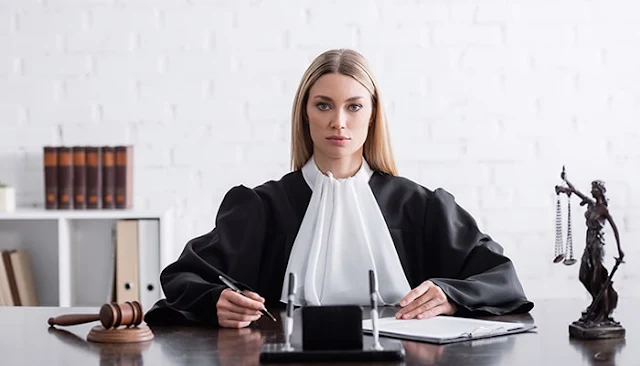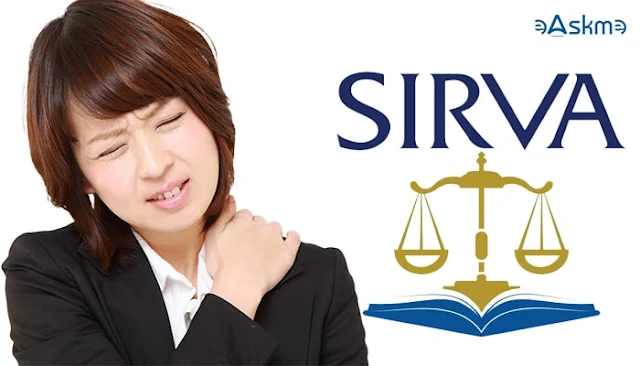A car accident can turn your life upside down in an instant, leaving you with painful injuries, mounting medical bills, and the stress of dealing with insurance companies.
For many victims, the road to recovery is not just physical but also financial and emotional.
Having the right legal support can make all the difference, and Steve Gimblin Personal Injury & Car Accident Lawyer is committed to helping accident victims fight for the compensation they deserve.
Whether you are struggling with lost wages, expensive treatments, or insurance companies that refuse to pay what’s fair, an experienced attorney can guide you through the process and advocate on your behalf.
 |
| How an Experienced Personal Injury & Car Accident Lawyer Can Help You Recover |
In Yuba City, California, car accidents are unfortunately common, with busy roads like Highway 99 and Highway 20 seeing frequent collisions.
From distracted driving to reckless behavior, crashes happen in countless ways, often leaving victims with serious injuries and overwhelming legal battles.
Many people believe insurance companies will handle everything, only to discover they are receiving far less than they require. That’s why working with a personal injury lawyer who understands the legal landscape in Yuba City is essential.
With skilled legal representation, victims can focus on healing while their attorney handles the fight for fair compensation.
What is Personal Injury and Car Accident Claims?
Accidents happen in a flash and completely change lives, sometimes for the better and sometimes for the worse.
When someone is injured as a result of the negligence of another party, personal injury or car accident claims are filed against the negligent party.
These types of claims can arise from various situations, including traffic collisions, slip-and-fall accidents, and more. The compensation awarded is intended to cover medical bills, lost wages, and other damages.
The assistance of a seasoned attorney can be immensely helpful with these types of claims.
They are trained and capable of reviewing the situation of the accident, finding liable parties, and informing you of what steps to take next.
Their understanding will help ensure that clients are not taken advantage of and receive the right amount of compensation.
Navigating Legal Complexities
If you are not well-acquainted with the intricacies involved in legal proceedings, it can seem intimidating. Personal injury and car accident lawyers are skilled at navigating this labyrinth.
These professionals assist in every step of the process, from claims filing to claim settlement negotiation.
You need a lawyer who understands legal jargon, prepares the required documents, and is capable of following strict deadlines.
It relieves clients of a heavy burden so they can concentrate on recovery instead of worrying about legal intricacies.
How to Negotiate With Insurance Companies?
Insurance companies, by their very nature, do not like to have to pay money, and their tactics can often confuse and overwhelm claimants.
Expert attorneys serve as representatives and can negotiate forcefully for clients. Their participation evens the playing field when it comes to pursuing equitable compensation.
These experts know what the insurance providers are doing and how to combat these tactics to win cases against them.
Lawyers improve the probability of favorable outcomes by presenting strong cases with compelling evidence. This leads to smoother settlements for clients that accurately reflect what they need.
Maximizing Compensation
Assessing the appropriate level of compensation involves considering various things like medical bills, future treatment needs, loss of earnings, and the emotional duress caused.
Car accident and personal injury attorneys review these components cautiously to ensure you get complete payment.
When lawyers evaluate both short-term and long-term damages, they paint a comprehensive picture of the damages incurred.
They take into account every aspect of suffering and losses to make sure clients receive the compensation they need to remedy their situation and get on with their lives.
Providing Emotional Support
More than just legal experts, these professionals provide vital emotional support as well. When accidents happen, people can easily feel fearful and uncertain about the future.
Lawyers know that it is an emotional process, and they guide themselves accordingly.
Having someone who pays attention to the client's troubles and can sympathize with their plight is a major benefit to the client.
That kind of support gives these people a sense of security, so they will feel empowered to stand on their own and work through the complexities of their claims.
Contingency Fee Arrangements
One of the biggest reasons why people hesitate to engage with the legal system is its financial side. The good news is that a lot of personal injury and car accident lawyers work on a contingency fee basis.
Under such an arrangement, clients do not have to pay legal fees upfront; rather, recovery is based upon the successful results achieved by the lawyer.
It enables people to access affordable professional legal services without the burden of an immediate financial hit.
It further aligns the lawyer's and client's interests, as the lawyer knows that if they don't get the best possible results for their client, they won't get paid.
Conclusion:
Recovering from an accident is about a lot more than just healing; there are legal matters to deal with, and victims need to get what is rightfully theirs.
In these times, an experienced personal injury and auto accident attorney becomes an indispensable source of support and guidance.
With their expertise and negotiation skills, they exude faith and provide clients with the encouragement and resources needed to heal.
Essentially, it allows people to dedicate their valuable time to rebuilding their lives while the specialized duty of legal proceedings is left to the experts.



















